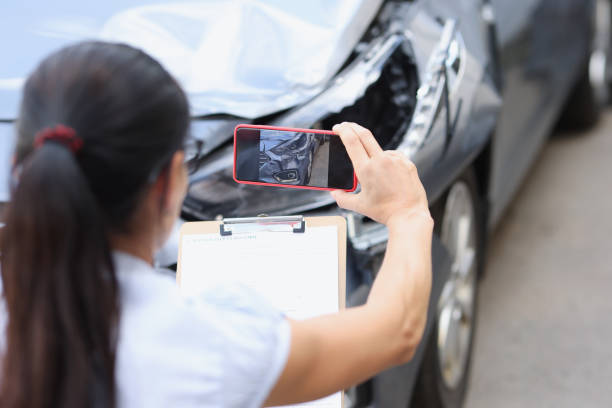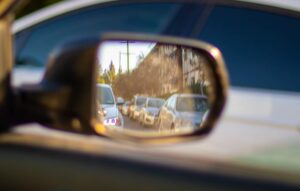In Wisconsin, personal injury victims are often eligible to pursue damages for their injuries if they were injured due to another person’s negligence. To prove negligence, it is essential to have evidence demonstrating your claims. The plaintiff, the person pursuing damages, holds the burden of proof and must demonstrate that the defendant, the alleged at-fault party, acted negligently and this negligence directly caused the plaintiff’s injuries. Evidence is crucial to accurately assess the financial or emotional losses caused by the at-fault party.
Elements of Negligence in Personal Injury Claims
There are 5 elements of negligence, and a lawyer must prove all of them to secure a favorable settlement. Evidence is crucial to build a strong case and prove negligence.
Duty of care: Every individual has a legal responsibility, or duty of care, to avoid causing harm to others. This duty varies based on the relationship and situation. For instance, a driver is obligated to follow traffic laws to prevent accidents and a property owner has a responsibility to maintain a safe environment for the public to enter
Breach of duty of care: This occurs when someone fails to meet their duty of care. The duty of care may be breached by causing a hazardous condition, being aware of a hazard and doing nothing about it, or reasonably should have been aware of a hazard and not doing anything about it.
Causation: It is not enough to prove a duty and its breach. You must also show that this breach caused your injury. For example, a red-light violation that leads directly to an accident. You must also show the breached duty of care is the direct cause of your injury. Cases can become much more complicated if factors other than the breached duty of care contributed to your injury. In Wisconsin, there is contributory negligence, where the plaintiff may be partly responsible for their own injuries, however, if the plaintiff is less than 50% responsible then they can seek damages against the other at-fault party.
Foreseeability of harm: This element is often easier to prove than others and means the harm you suffered was a foreseeable result of the breach. If the possibility of harm is not something the other party could have expected, there might not be a valid case.
Existence of damages: Finally, there must be actual damages resulting from the negligence, like physical injuries or emotional trauma. If another party breached a duty of care but there were no injuries or damages, there is no case. The goal of a personal injury case is to secure compensation for damages that were caused by another’s actions.
Forms of Evidence
There is a wide variety of evidence that can be used to demonstrate another party’s negligence. Some common examples include:
Photographs of Your Injuries
It is important to take pictures of your injuries as soon as possible after the accident, preferably before receiving treatment, as well as throughout the treatment and recovery process. This can help you establish the extent of your injuries and their lasting effects.
Photographs of the Accident Scene:
Regardless of the type of accident you were involved in, it is important to take pictures of the scene.
- If you were involved in a car accident or a pedestrian and vehicle collision, then it is important to take pictures of the vehicles involved in the accident, the road, and other features of the surrounding environment that may help you demonstrate another party’s negligent driving and establish that the accident caused the injuries you suffered.
- If you were involved in a slip and fall incident, then it is important to document the conditions of the property at the time of your fall. A photo of the area where you fell can show poor maintenance and hazards such as wet floors, uneven surfaces, poor lighting, or others, thus allowing for more evidence and a greater likelihood of a successful case.
Video Footage of the Accident
Footage from security cameras and dashcams showing the accident and the situation leading to it can be crucial in demonstrating a driver’s negligent behavior.
Witness Testimony
Identifying eyewitnesses and collecting their testimony as soon as possible can also help you establish the circumstances surrounding the accident, and expert testimony can help establish causation.
Medical Reports
Medical reports from doctors or medical professionals to prove the extent and existence of all injuries. It can also be beneficial to show reports from before the accident compared to after the accident to demonstrate causation.
Lost Wages Documentation
Documentation from missed days of work and their corresponding expected wages can help prove financial damages.
Contact an Experienced Personal Injury Lawyer in Wisconsin
It is essential to hire an experienced personal injury lawyer in Wisconsin to ensure that you have the proper evidence and support to receive a fair settlement. Contact Konstantakis Law Office today if you have been involved in an accident.




